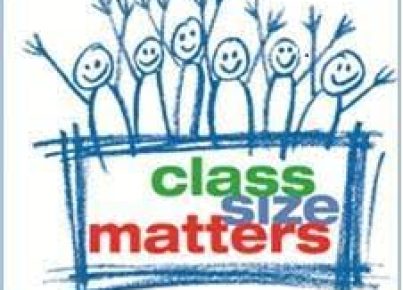Introduction
Free schools, an ambitious and noble concept, have emerged as a popular solution to address the barriers hindering equal access to quality education. The idea of free schooling aims to level the playing field for students from various socio-economic backgrounds and improve overall literacy rates. However, there are inherent challenges faced by these institutions that can limit their effectiveness in achieving these goals.
Understanding Free Schools
Free schools can take many forms, but they essentially provide education without charging tuition fees. They may be government-funded or receive financial support from private donations and organizations. These schools often focus on socio-economically disadvantaged areas, striving to offer equal opportunities for children who might not otherwise afford education.
Challenges Faced by Free Schools
1. Limited resources: Government funding or external resources are often insufficient to meet growing demand, leading to a shortage in materials and infrastructure. This can increase class sizes, overburden teachers, and adversely affect the quality of education.
2. Attracting qualified teachers: Offering competitive salaries becomes difficult with limited funding, making it challenging for free schools to attract well-qualified educators. Consequently, teacher quality can suffer which impacts students’ learning outcomes.
3. Retention and motivation: Free schools may struggle with retaining staff as well as motivating teachers who deal with an increased workload due to underfunding.
4. Curriculum standardization: Implementing a standardized curriculum across all free schools is challenging, considering resource disparities and differing teaching methods. As a result, inconsistencies in quality can lead to unequal learning outcomes for students.
5. Accountability and performance measurement: Monitoring the performance of free schools is crucial in identifying areas for improvement. However, designing an effective system to evaluate these institutions presents a challenge due to varying factors that influence individual school outcomes.
6. Sustainability: Ensuring permanent financial sustainability is a constant struggle for free schools that rely on government funding or donations. Thus, a reliable and steady flow of resources is critical for sustaining free schools in the long run.
Balancing Access and Quality
As free schools continue to face these challenges, it becomes necessary to strike a balance between accessibility and maintaining quality. Potential solutions could include:
1. Strategic resource allocation: Appropriately distributing funds to areas that need them most is vital. This includes prioritizing resources for infrastructure, teacher training, and educational materials.
2. Collaborative partnerships: Collaborating with local businesses, NGOs, and philanthropists can foster community engagement and increase financial support, benefitting free schools through mentorship programs, internships, and additional resources.
3. Effective policy implementation: Governments play a crucial role in implementing policies that support the growth of free schools while ensuring high educational standards are maintained.
4. Performance evaluation: Developing an unbiased and efficient system to evaluate the performance of the free schools will keep them accountable and ensure areas of improvement are addressed.
5. Encouraging innovation: Infusing innovation into teaching and learning practices can help utilize limited resources more effectively while continuing to offer quality education.
Conclusion
The challenges faced by free schools are significant but not insurmountable. With targeted intervention, adequate financial support, and cooperation from all stakeholders – including governments, communities, educators, and students – it is possible to realize the dream of providing equal access to quality education for every child.





